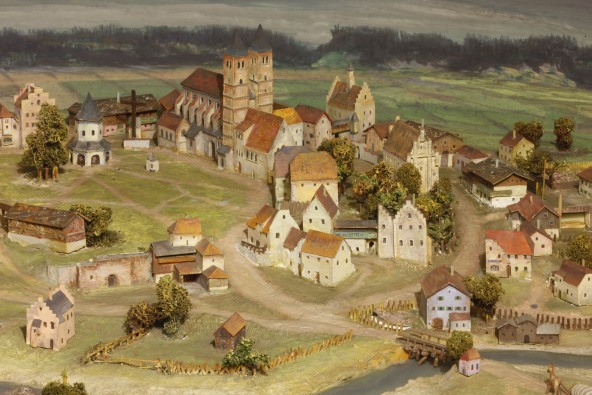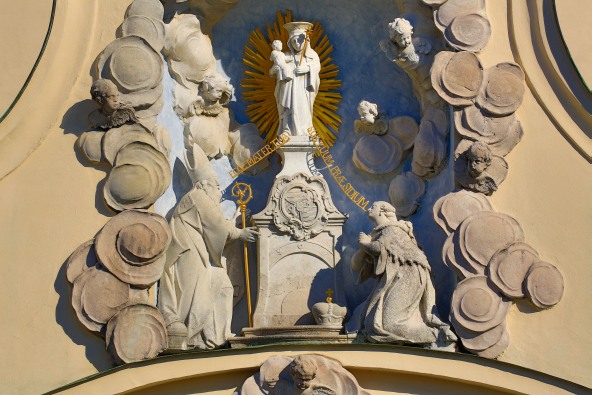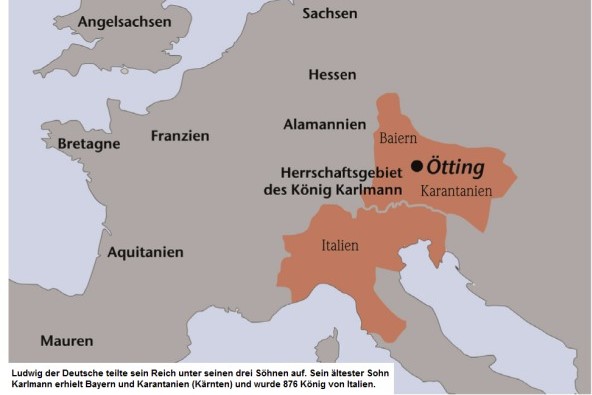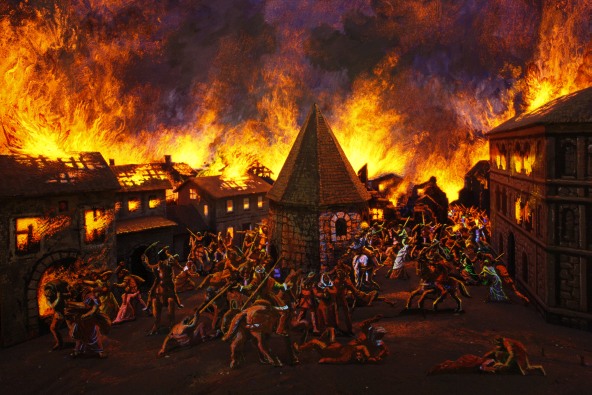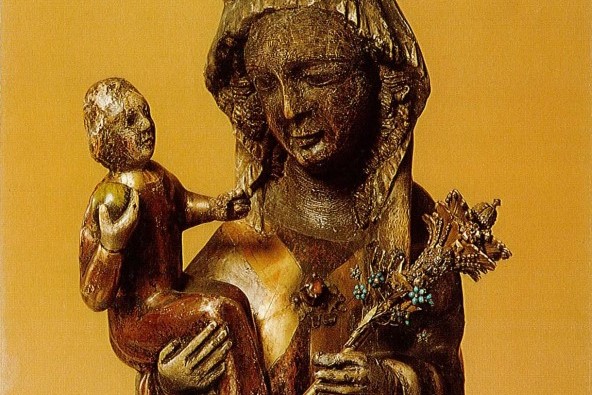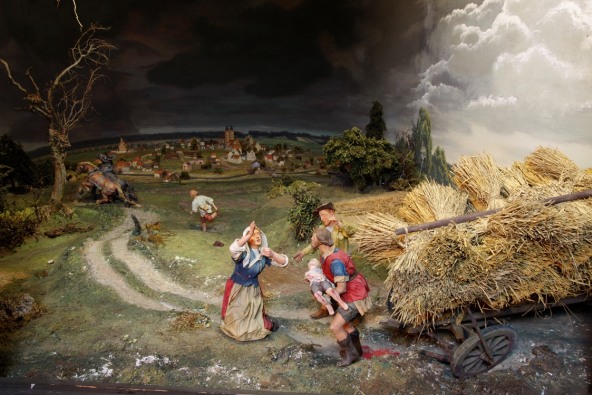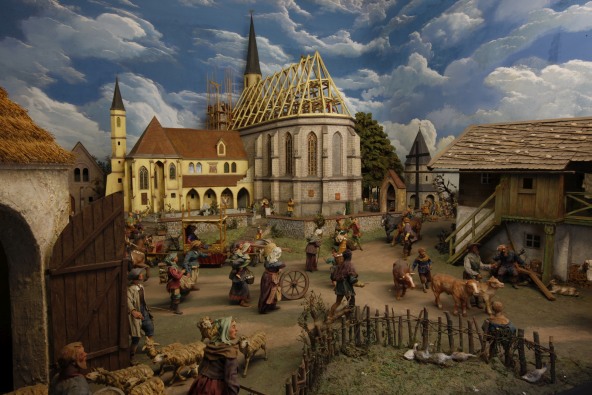In 1989, Altötting celebrated 500 years of Madonna pilgrimage. Yet its history goes back even farther.
In 1983/84, in the course of excavations carried out on the Altötting Kapellplatz by archaeologists of the “Bayerische Landesamt für Denkmalpflege” (Bavarian Office for Preservation of Monuments) traces of human settlement were discovered which go back to Neolithic age. But what human beings used to do here, whether it was a place of worship at that time, is not known exactly.
A Roman past as attributed to Altötting by the Bavarian historian Aventinus (Johann Thurmair) remains legendary. In 748, in the early Middle Ages Altötting appears for the very first time in an official historical document under the name “Autingas”, the Latin form of “Ötting”. This proper name originates from Auto or Oto, probably a Bavarian tribe leader, who settled first in this area.
When officially first mentioned, Altötting is already an important town, because it is also the court of Bavarian dukes, the most important residence after Regensburg (Ratisbona). Nearby, a Chapel the octagonal ground plan of which conveys the idea of being a baptismal chapel presumably erected around 700 and its construction is associated with the saint mission bishop Rupertus von Salzburg. A legend tells that firstly he baptized the first Christian Bavarian duke here in Ötting and secondly he brought a Madonna to Ötting.



